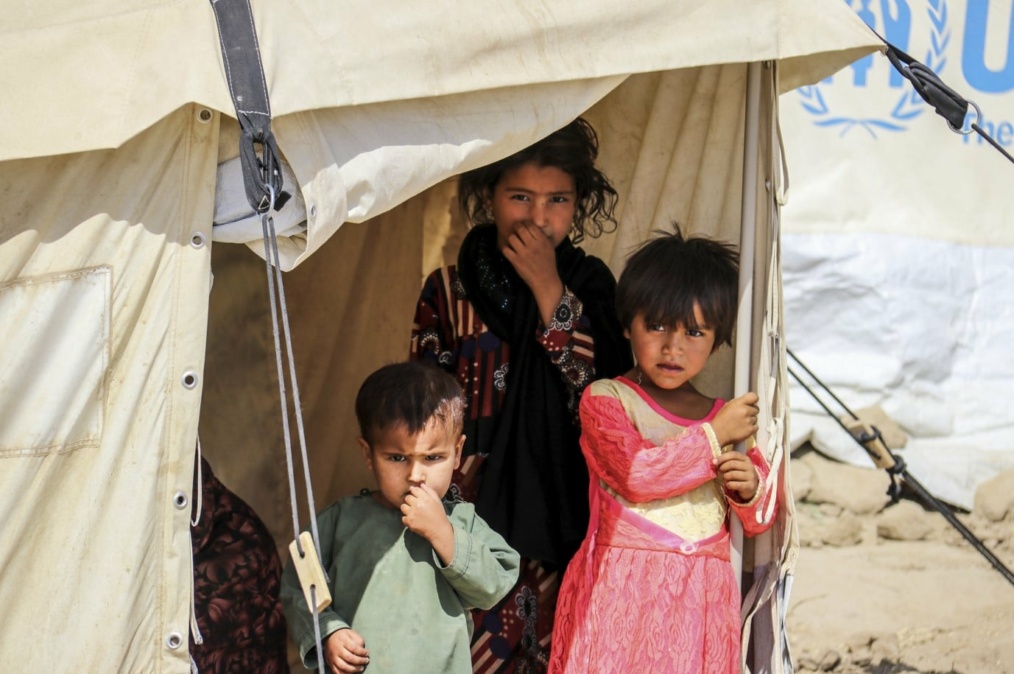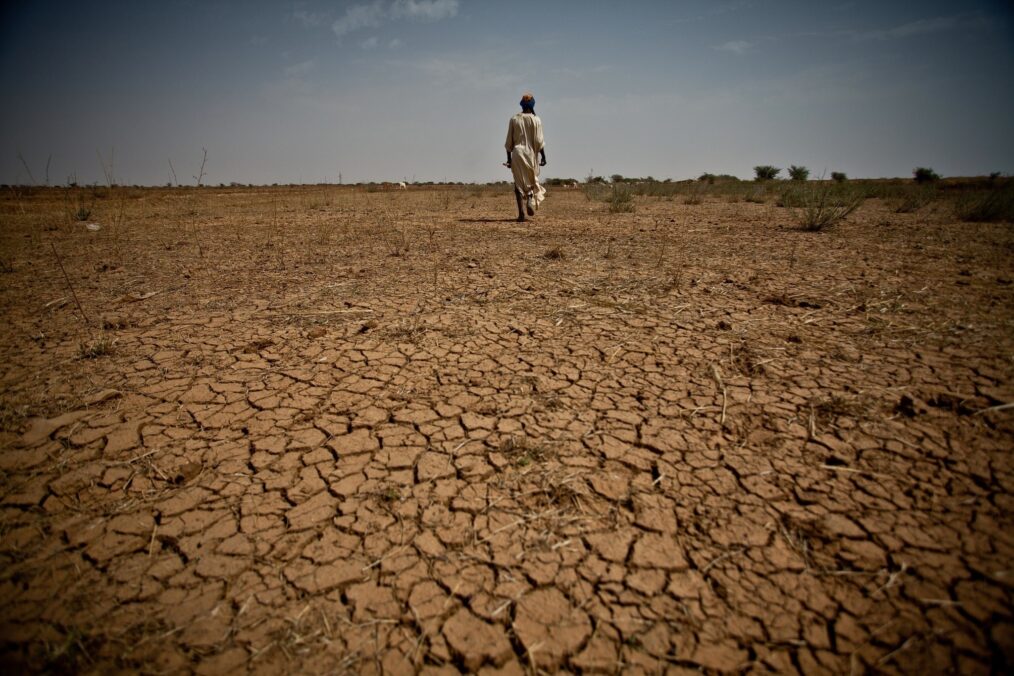Somalia has been facing the region’s worst drought and possible famine conditions within the past 40 years. Experts confirm climate change contributes to the drought conditions impacting the Horn of Africa, including Somalia. Somalians are living in a territory under the control of al-Shabaab and are paying high taxes on the sale of livestock, soil preparation, and harvests; many farmers are fleeing the situation, thus lessening harvests and in turn contributing to the famine conditions worsened by the drought.
Current State of the Drought and Forthcoming Famine
Six districts encompassing over 250,000 people are at high risk of famine in Somalia. 72 out of the 84 districts within the country are impacted directly by three consecutive unsuccessful crop production and rainy seasons, leaving the country at its driest in 40 years and forcing over 500,000 people to relocate. It is estimated that Somalia could suffer from famine within the next month. In 2011, an estimated 250,000 Somalian deaths were attributed to famine. In addition, food insecurity for over six million people has left international aid organizations scrambling to provide food to malnourished individuals.
Background of Al-Shabaab in Somalia
Al-Shabaab formed in the early 2000s has quickly grown into a local and regional threat to Somalia and its border nations including Ethiopia, Djibouti, and Kenya. The organization made significant gains in its early years, however, as more forces entered to mitigate its growing security threat including the African Union, and Western forces, the group was forced from major population centers. Al-Shabaab had many different goals; their overarching theme is to establish an Islamic State in Somalia and oppose any Western-backed government. The locations of the group remain fluid throughout the country, but there are some strongholds in southern and central districts in the country and are vying to gain more control in the north. Ultimately, al-Shabaab still poses a significant security threat both locally and regionally.
Taxes by Al-Shabaab
After a briefing in Mogadishu, President Hassan Sheikh Mohamud’s special envoy for the drought situation, Abdirahman Abdishakur Warsame, stated, “people are fleeing not only the drought, but also insecurity. In areas controlled by al-Shabab, the terrorist group has prevented people from farming.”
Members of al-Shabaab have continued to force crippling taxes upon Somali farmers at such high rates that people have been forced to flee their land. Farmers are forced to pay taxes at every stage of farming and harvesting; the tax when selling livestock is more expensive than the value of the actual animal. These taxes are forcing farmers to flee, thus slowing the production of the already minute harvests throughout the country.
Al-Shabaab currently has control over the majority of the most fertile areas of land in the country that include both the Jubba and Shabelle rivers. It is estimated that the group collects nearly as much tax revenue every year as the entire government of Somalia through sophisticated networks making countering this issue that much more difficult.
Contradicting Actions
In January 2022, al-Shabaab announced that it would start a “drought relief” campaign in an effort to help Somalians and boost their campaign. This action only contradicts their taxing efforts because while they are simultaneously exacerbating the drought and famine, al-Shabaab is attempting to solve the problem in an attempt to gain support from the public. This campaign by al-Shabaab has made no difference in mitigating the famine.
Outlook and Mitigation Efforts
The current outlook of the state of the drought and famine is incredibly grim and is only worsening as taxes by al-Shabaab continue. If there are no drastic changes in the amount of aid currently provided, thousands of Somalians are at risk of famine and will continue to suffer the impacts of climate change firsthand.
The U.S. has decided to redeploy almost 700 ground forces to Somalia to train the Somalian military to counter the growth of al-Shabaab. The Biden administration believes that a persistent presence of U.S. forces in the country will help the Somalian military make more gains against al-Shabaab than they have made in the past year. The African Union has continuously kept forces in the country with the same goal as the U.S. Aid organizations continue to work in Somalia, but as al-Shabaab grows, it makes it harder for them to distribute life-saving aid. One can only hope for a more positive future for a country that has already suffered so much, and hopefully, the end of al-Shabaab could bring Somalia some much-deserved peace.
Claire Spethman, Counter-Terrorism Research Fellow





